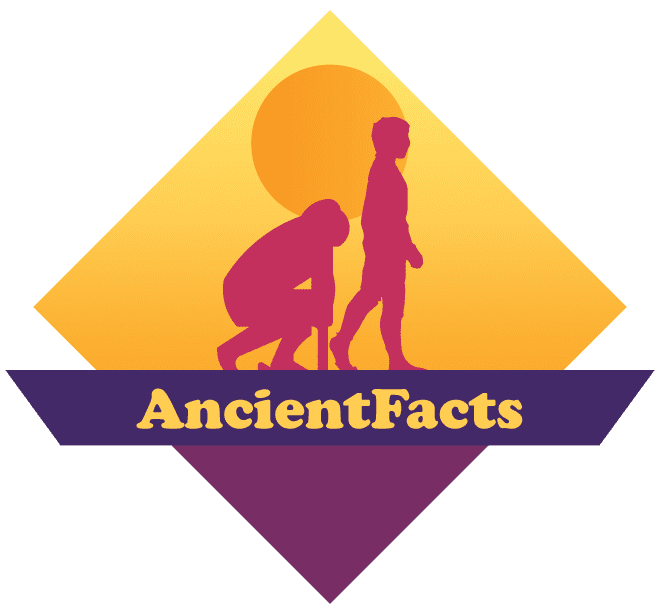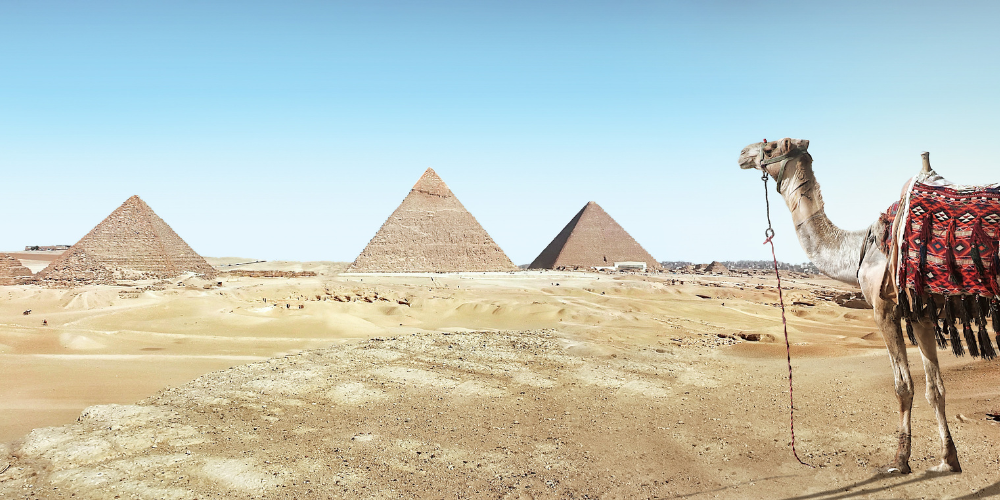Jordan has three major physiographic regions (from east to west): the desert, the uplands east of the Jordan River, and the Jordan Valley (the northwest portion of the great East African Rift System). The desert region is mainly within the Syrian Desert—an extension of the Arabian Desert—and occupies the eastern and southern parts of the country, comprising more than four-fifths of its territory. The desert’s northern region is composed of volcanic lava and basalt, and its southern part of outcrops of sandstone and granite.
The landscape is much eroded, primarily by wind. The uplands east of the Jordan River, an escarpment overlooking the rift valley, have an average elevation of 2,000–3,000 feet (600–900 meters) and rise to about 5,755 feet (1,754 meters) at Mount Ramm, Jordan’s highest point, in the south. Outcrops of sandstone, chalk, limestone, and flint extend to the extreme south, where igneous rocks predominate.
Wadi Rum
Wadi Rum is the most visitor-friendly section of the desert in Jordan, with plenty of activities and excursions to choose from. It is easy to get to, and the coastal city of Aqaba, located along the Red Sea, is a perfect base. It is also more commonly known as the Valley of the Moon; named for the beautiful night sky, the Wadi spans across 278 square miles of mountains, rock bridges, sand dunes and notable sites, including the alleged house of Lawrence of Arabia (T.E. Lawrence).
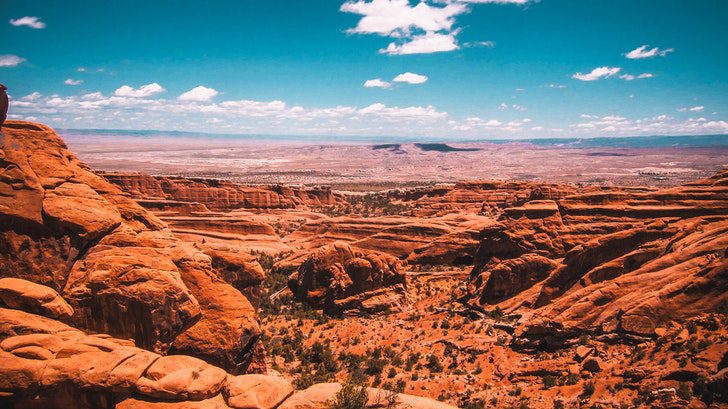
Alex Pham/ Pexels | Jordan's desert, Wadi Rum, offers 360 degree views of out-of-this-world landscape, and a peek into bedouin cultures
Archaeological evidence shows that the Wadi Rum Desert has been inhabited since prehistoric times. A recently excavated site to the south indicates settlement at least as early as 4500 BC. Over 20,000 petroglyphs and 20,000 inscriptions have been documented inside Wadi Rum, tracing human existence back some 12,000 years in this spot.
Some famous sites and attractions for tourists include:
The Lawrence Spring
This was named after a famous film shot in the desert in the early 1960s. Since Nabatean times, the natural spring has been used as a stopping point on caravan routes from Arabia to the Levant, the nearest water source beyond the Rum area being 40km away. While a pipe now carries the water down, you can still make out the winding road once used to lead livestock to drink directly from the spring.
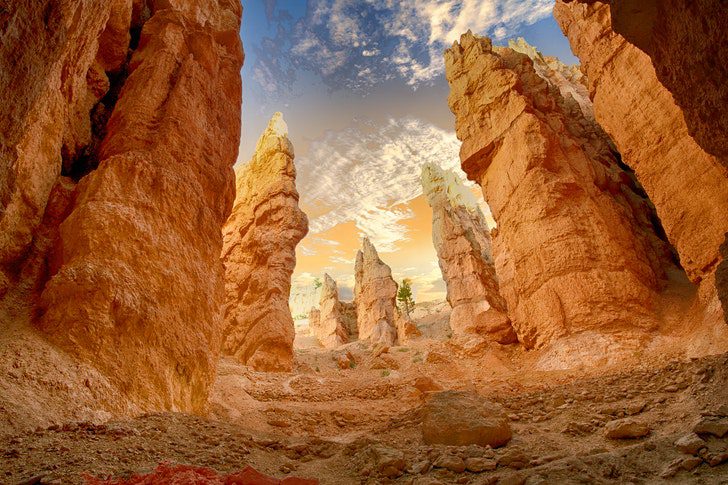
Pixabay/ Pexels | Wadi Rum is one of the places most tourists who come to Jordan want to visit
White Valley
At the edge of a wide red sand valley, this small stretch of white sand, formed from broken rocks at the top of Jebel Anfeshiyeh, makes for a striking contrast. Views of Jebel Barra and Raddeh Beyda across the valley are breathtaking.
Seven Pillars of Wisdom
The crag with its flanks whittled away by wind and water into pillar-like shapes, sits amid the sand very near to the Wadi Rum Visitor Center, at the beginning of Wadi Rum's national park area. There's an observation platform at the center that offers an excellent view of the formation.
Recent discovery
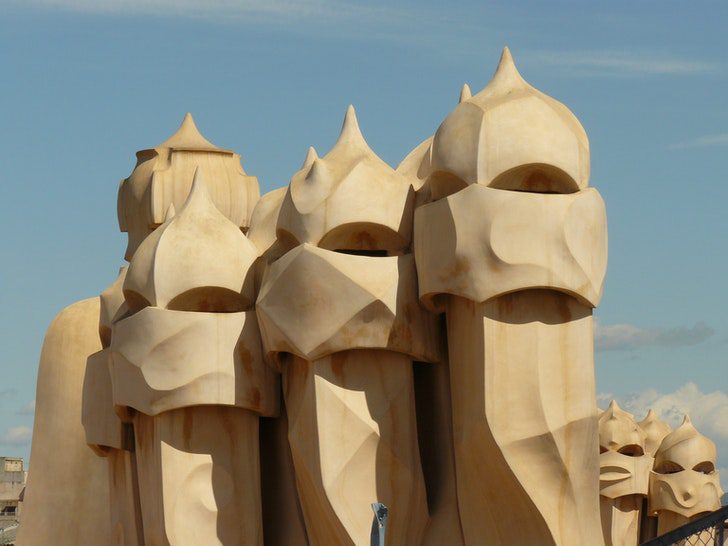
Ovidio Rey/ Pexels | Jordan can be divided into three main geographic and climatic areas: the Jordan Valley, the Mountain Heights Plateau, and the eastern desert, or Badia region
Other reports have revealed that archaeologists have uncovered a 9,000-year-old shrine in Jordan's eastern desert that was likely used in the practice of religious hunting rituals. The ritual complex was found in a Neolithic campsite near large structures known as “desert kites”, or mass traps, that are believed to have been used to corral wild gazelles for slaughter. Each enormous trap consisted of two long stone walls arranged in a V-shape; and at the vertex of that V lay a small, walled enclosure. Similar structures of two or more stone walls, some several kilometres (miles) long, have been found in deserts across Saudi Arabia, Syria, Turkey and Kazakhstan.
The scientific team, consisting of archaeologists from Jordan's Al-Hussein Bin Talal University and the French Institute for the Near East, found a large number of different artifacts, a number of marine fossils, animal puppets, exceptional tray tools, and stoves related to the practice of religious rituals.

